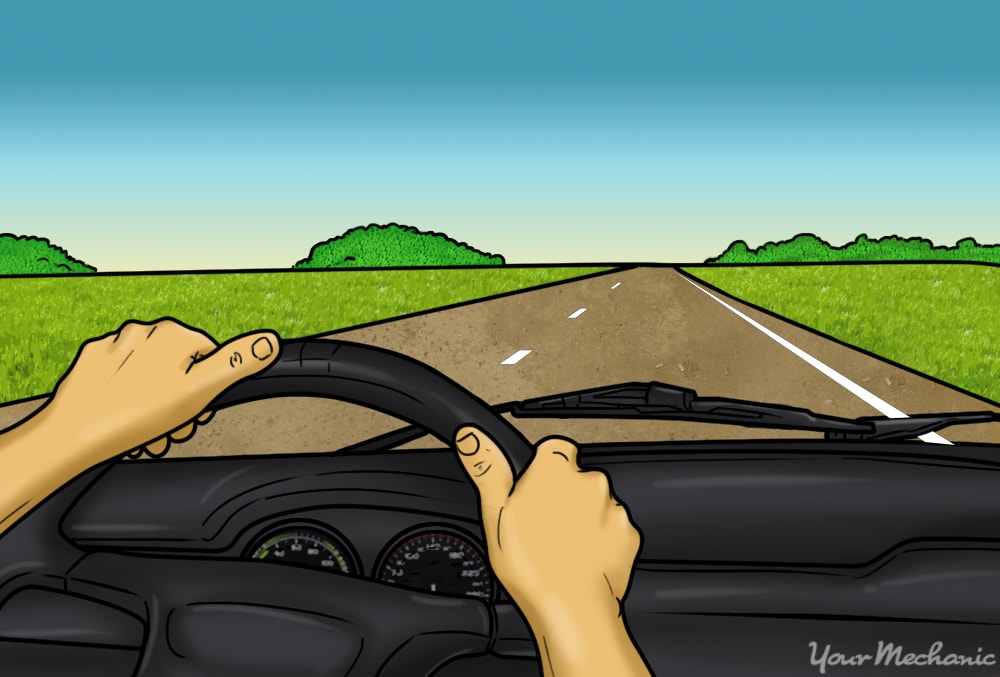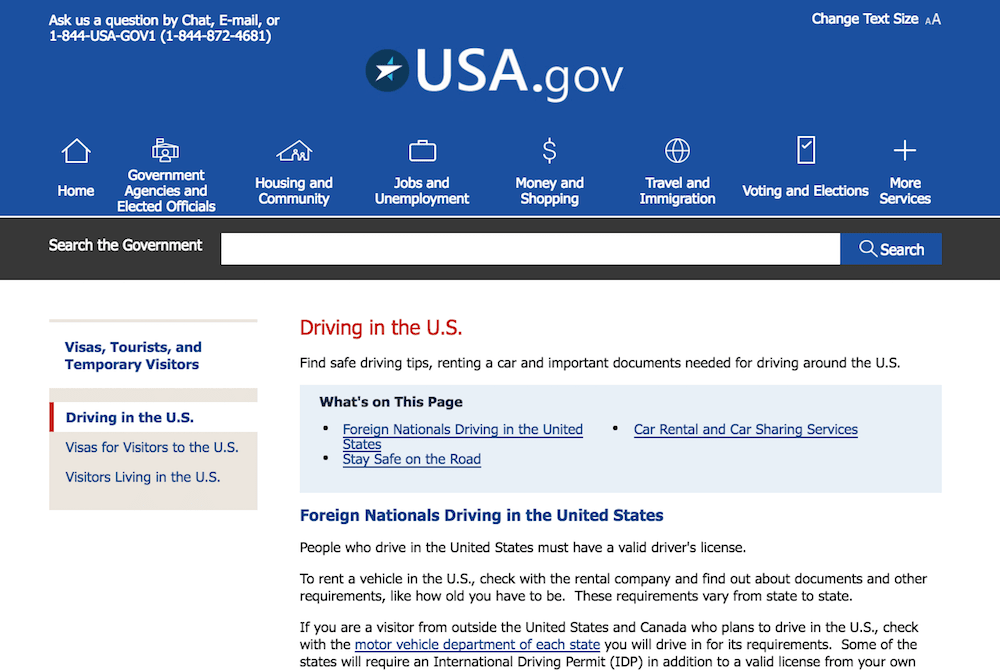

For those who have learned to drive in countries that use the left lane of the road, such as the United Kingdom, Australia, or Malaysia, adjusting to driving on the right side of the road in places like the United States can be difficult.
While there are few ways to safely practice this skill before making the trip, it is still possible to prepare yourself for the switch and make it as painless as possible.
Part 1 of 1: Drive on the right side of the road
Step 1: Practice “driving” on the right without a car. Get used to being on the right side in situations where you can’t cause any injury to yourself or others.
For example, in the grocery store, push your cart down the right side of aisles or walk on the far right of sidewalks. This will help you become accustomed to staying on the right side of traffic when you make the transition to cars.

Step 2: Ensure that you can drive legally. Verify that you are legally permitted to drive at your new country of residence.
Although an International Driver’s License is usually sufficient for short visits, you may need to pass a written and practical exam if you plan on staying for a longer duration for work or school, or becoming a permanent resident.
For visitors to the United States, for instance, USA.gov is a good reference.

Step 3: Know the local driving rules. Study the local rules of the road in your chosen destination, before your arrival.
While this isn’t specific to driving on the right side of the road, it is crucial to understand driving laws wherever you plan to be behind a wheel for your own safety and that of others around you. Also, with a firm grasp of what’s expected of you as a driver, you can focus more on making the adjustment to driving on the right side of the road.
In the United States, you can view Driver Handbooks from the Department of Motor Vehicles website that corresponds to the state you plan to visit.
Step 4: Stay with the flow of traffic. Once you are behind the wheel, making the switch from left-lane driving to right-lane driving is surprisingly easy when you stay with the flow of traffic.
The other cars serve as a constant reminder of where you should be, and it won’t be difficult to follow the natural instinct for self-preservation and avoid the left lane with oncoming traffic.
Step 5: Be vigilant. When moving forward with a stream of other vehicles, you are unlikely to veer from your proper position on the right-hand side of the road.
When traffic thins or you make a turn, however, you are more likely to revert to your accustomed mode of driving on the left.
Always remember to stay on the right side when making turns or on empty roads. Until you do adjust to driving on the right side of the road, maintain an acute awareness of how you drive; do not be lulled into a false sense of security.
Once you begin driving on the right side of the road, you will find that you worried about it far more than was necessary. In most cases, there are constant reminders to keep you in the proper place – whether the reminders come in the form of other vehicles on the road or as street signs that are visible on the right side of the road. In the end, you can only prepare for the switch to a certain degree; then, you have to trust yourself to adjust to the change from left to right with ease.



